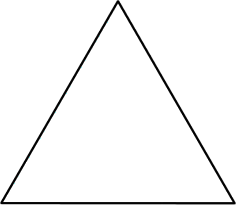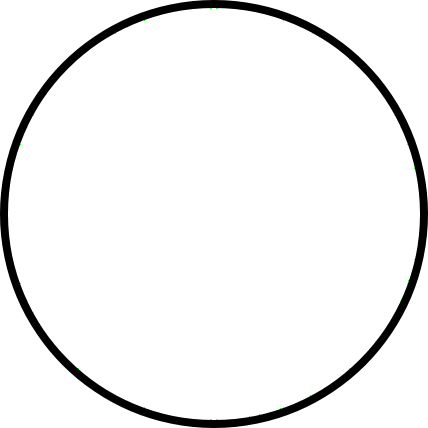10 MAR 2017 by ideonexus
 Intelligent Plant Life
Intelligent Plant Life
On certain small planets, drenched with light and heat from a near or a great sun, evolution took a very different course from that with which we are familiar. The vegetable and animal functions were not separated into distinct organic types. Every organism was at once animal and vegetable.
Many species, of course, developed predatory habits, and special organs of offense, such as muscular boughs as strong as pythons for constriction, or talons, horns, and formidable serrated pincers. In the...27 APR 2015 by ideonexus
 Math Problem: How Long Until the Earth Falls Into the Sun?
Math Problem: How Long Until the Earth Falls Into the Sun?
Our earth has orbital motion, revolving once around the sun in about 365 days. Suppose that this orbital motion suddenly stopped completely, but everything else remained the same. How long would it take for the earth to plunge along a straight line into the sun?
[...]
Kepler's law applies to planetary orbits, whether they be of circular, or elliptical shape. It says that T22/T12 = R23/R13, where T is the period of an orbit and R is its semi-major axis. The semi-major axis is the average...19 DEC 2013 by ideonexus
 If a Scientist Wrote the Book of Genesis
If a Scientist Wrote the Book of Genesis
In the beginning was the singularity, and the singularity was infinitely dense and infinitely hot, And the singularity expanded and the singularity cooled and there was chaos, And of the primeval atom was born the Universe. And the Universe was matter and antimatter, and baryogenesis was violated and matter annihilated antimatter until only matter remained, And matter resolved into hydrogen, and after hydrogen came helium and deuterium and all elements, And with elements came mass and with ma...Opening chapter of genesis written in science.
19 APR 2013 by ideonexus
 Man Becomes Acquainted With the Laws of the Universe
Man Becomes Acquainted With the Laws of the Universe
Rational mechanics soon became a vast and profound science. The true laws of the collision of bodies, respecting which Descartes was deceived, were at length known.
Huyghens discovered the laws of circular motions; and at the same time he gives a method of determining the radius of curvature for every point of a given curve. By uniting both theories, Newton invented the theory of curve-lined motions, and applied it to those laws according to which Kepler had discovered that the planets descr...When we learned and understood the motions of bodies in space.
29 MAR 2012 by ideonexus
 Gravity Travels at the Speed of Light
Gravity Travels at the Speed of Light
Here's the rub. In Newton's theory of gravity, one body exerts a gravitational pull on another with a strength determined solely by
the mass of the objects involved and the magnitude of their separation. The strength has nothing to do with how long the objects
have been in each other's presence. This means that if their mass or their separation should change, the objects will, according to
Newton, immediately feel a change in their mutual gravitational attraction. For instance, Newton's theor...According to Einstein, overturning Newton.




